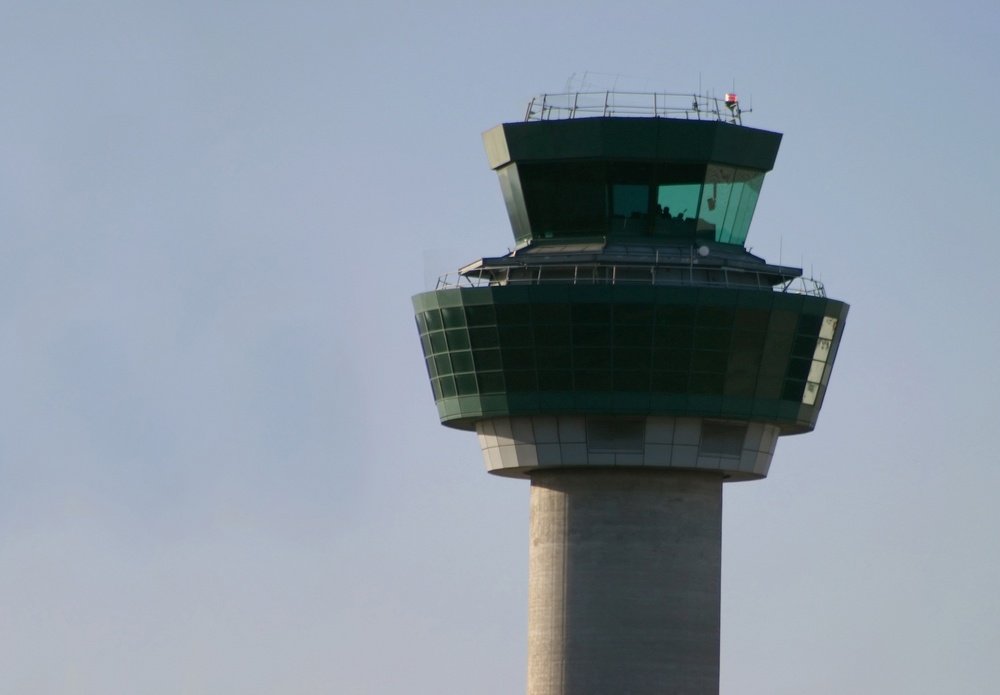
What Is The FAA’s Control Program for Bloodborne Pathogens? (Part 2)
Coming into contact with blood can be very dangerous. You never fully know if there are bloodborne pathogens or other potentially infectious material within the blood that you come into contact with. The Federal Aviation Administration has regulations that need to be followed and met in this specific event, much of it speaking about hepatitis B.
 For those employees who have been determined to have a risk for occupational exposure, the FAA needs make the hepatitis B vaccination available. Post-Exposure evaluation and follow-up must be made available to employees who have had an exposure incident. All of the medical assessments and procedures should be made to all employees at no cost to them. Evaluations and procedures should be performed by or under the supervision of a licensed physician or licensed health care professional at a reasonable time and place for the employee.
For those employees who have been determined to have a risk for occupational exposure, the FAA needs make the hepatitis B vaccination available. Post-Exposure evaluation and follow-up must be made available to employees who have had an exposure incident. All of the medical assessments and procedures should be made to all employees at no cost to them. Evaluations and procedures should be performed by or under the supervision of a licensed physician or licensed health care professional at a reasonable time and place for the employee.
After receiving the required training and within ten working days of initial assignment to all employees who have occupational exposure, the hepatitis B vaccination must be made available to them. If the employee has previously received the hepatitis B vaccination series and the antibody testing revealed the employee is immune, those requirements to do apply to them. If an employee changes their mind after initially declining the hepatitis B vaccination, they may receive the immunization as long as it is still within the ten working days of the occupational exposure. The employee that declines the hepatitis B vaccination needs to sign the OSHA required waiver indicating their refusal for treatment. This form then needs to be filed in the employee’s Official Personnel File (OPF).
Routine booster doses need to be made available to the employee if U.S. Public Health Service recommends it at a future date. The healthcare professional that is responsible for the employee’s exposure incident needs to be provided with a copy of 29 CFR 1910.1030. This document includes a written description of the employee’s duties related to the exposure incident, as well as written documentation of the exposure and the circumstances that the exposure occurred. This form also needs to include all medical records related to the treatment of the employee including their vaccination status. The healthcare professional must provide a written opinion within 15 days of the completion of the evaluation to the affected employee. This document needs to include if the vaccination is indicated for the exposed employee and if they received it, that the employee has been informed of the results, and if further evaluation/treatment is required. Any other findings and diagnoses need to remain confidential and not included in the written opinion.
A medical record of the employee with occupational exposure to BBP must remain confidential and maintained for the person’s employment time plus an additional 30 years. Within this record, the employee’s name and social security number must be included with their HBV vaccination status, including the dates of the vaccination. Also contained within this record needs to be a copy of all the results of examinations, medical testing, and follow-up procedures. Any other relevant information relating to the incident should be included.
All training records should be maintained to document the training received by the affected employees. The records should include the dates of the training, an outline of the material presented, names and qualifications of the person conducting the training, and the names and job titles of all the people who attended the training sessions. These records need to be held for three years from the date the training took place.
Exposure to bloodborne pathogens and other potentially infectious material is not something to be taken lightly. Be sure all employees have the proper infection control products and are following the FAA’s regulations concerning BBP and OPIM.
Resource:
https://www.faa.gov/documentLibrary/media/order/occ_safety/order3900/media/ch17.pdf
